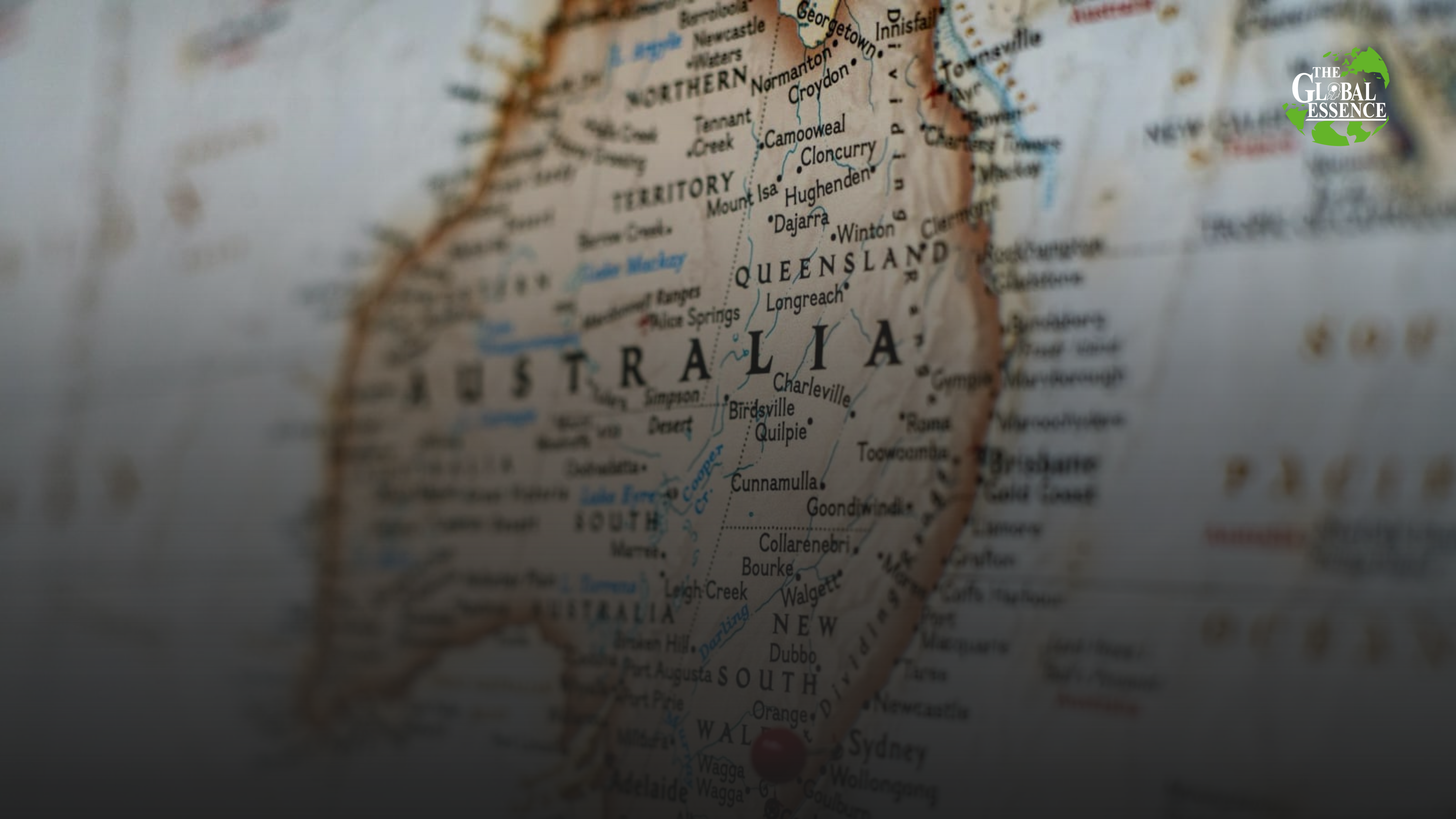
According to the ABS, Australia's salary growth exceeded inflation for the first time in three years.
In the December quarter, the wage price index showed a 4.2% increase compared to last year's period and a 0.9% increase from the figures released in September.
The growth in December is the highest yearly growth rate since 2009. It aligns with controlled salary increments in sectors like aged care and recent enterprise negotiating agreements in health and education.
Jim Chalmers, the treasurer, stated that the government was pleased with the news but remained cautious.
"This is the initial occurrence of three successive quarters of genuine wage growth since 2018," he stated.
The statement indicates that the increase in wages under the Albanese Labour government exceeds 4%.
Under our predecessors, it was approximately 2%. These numbers are positive and motivating, but we remain cautious as we know people are still facing challenges.
Chalmers stated that real wage growth was a top priority for the Albanese government, and the most recent ABS data indicated that it had returned earlier than expected.
The Treasury anticipated an increase in real wages in 2024. The calculations indicate an increase in real salaries in 2023," he stated.
It is positive to observe pay increases occurring sooner than expected. However, we are aware that many are still experiencing pressure. Individuals in these suburbs and around Australia still face cost-of-living challenges, and we aim to assist them.
Included in the data was a recent poll of employers regarding the implementation of non-compete clauses, which restrict an employee from seeking employment with a competitor in the same business for a specific duration.
In 2023, the ABS discovered that 21% of Australian businesses utilised non-compete agreements for some employees.
Chalmers expressed unease about non-compete agreements and mentioned that the government was examining the matter.
Andrew Leigh, the assistant minister for employment, has consistently maintained that non-compete clauses hinder wage growth by discouraging firms from providing salary increases, as employees are restricted from pursuing similar positions in other companies.
Leigh expressed that non-compete provisions, which can restrict individuals from launching their firm in the same industry they were employed in, are more problematic on a global scale and could impede business innovation and efficiency.
He stated that employment terms that hinder workers from transitioning to better jobs could impede wage growth and economic vitality.
According to the ABS, 70% of businesses that utilised non-compete clauses applied them to over three-quarters of their personnel, including all workers, not just high management or executives. Larger corporations, employing over 1,000 individuals, would incorporate a non-compete provision more than small enterprises.
Restraint clauses were extensively utilised in the financial services, leasing, hiring, and real estate industries. However, a 2023 poll revealed that non-compete restrictions were also employed by hairdressers, yoga instructors, and early childcare educators.
"Today's results confirm that non-compete clauses are widespread in the Australian economy, and investigating their use is a top priority for the Albanese government's Competition Taskforce," Leigh stated, reinforcing previous surveys and anecdotal evidence.
Treasury plans to produce an issues paper for public consultation in April, calling for views on restraining clauses imposed on employees.
Your email address will not be published. Required fields are marked *